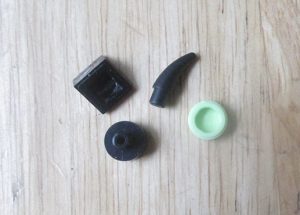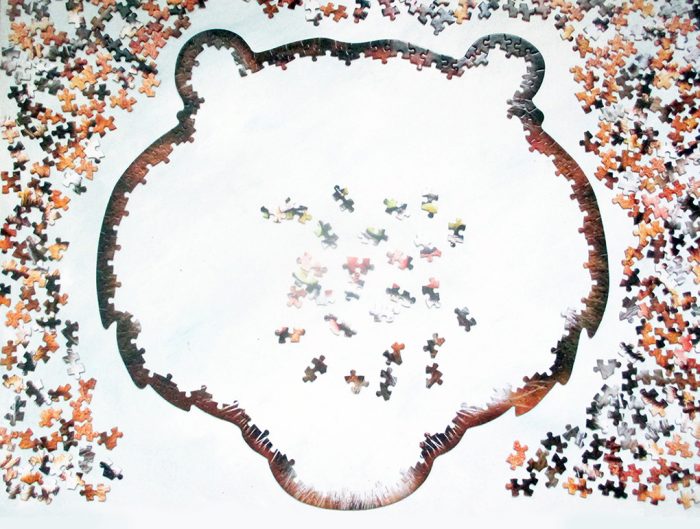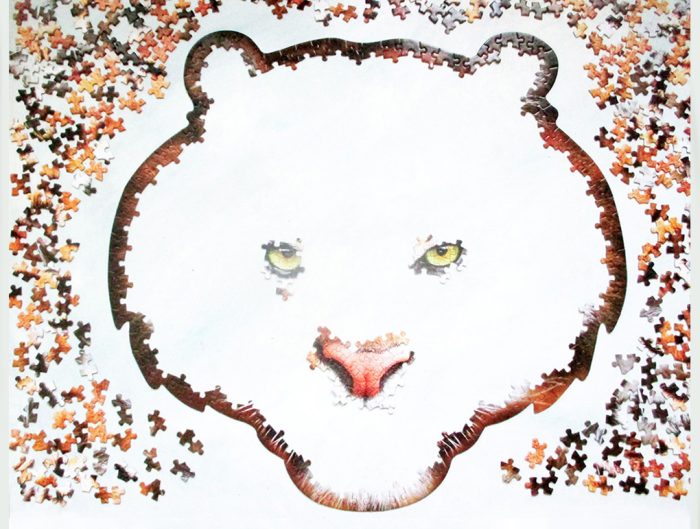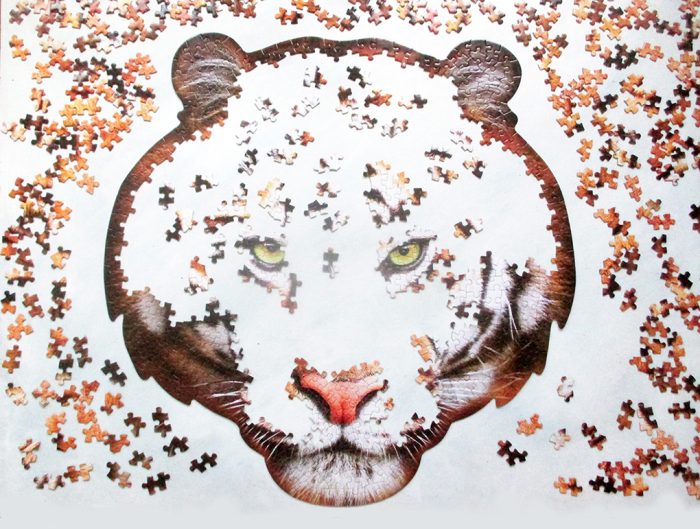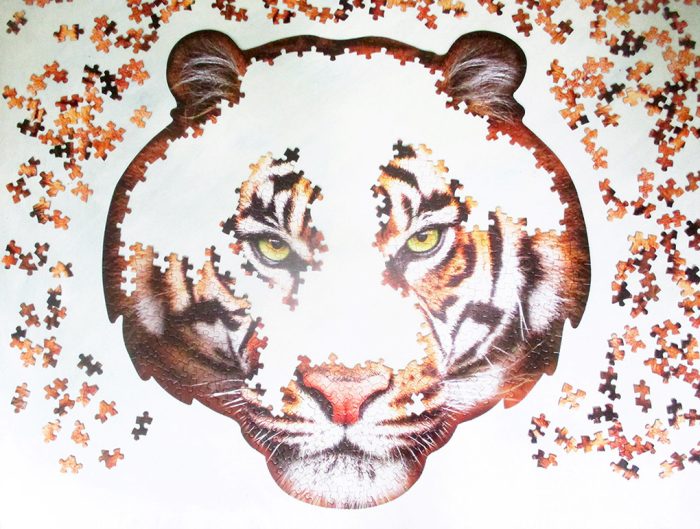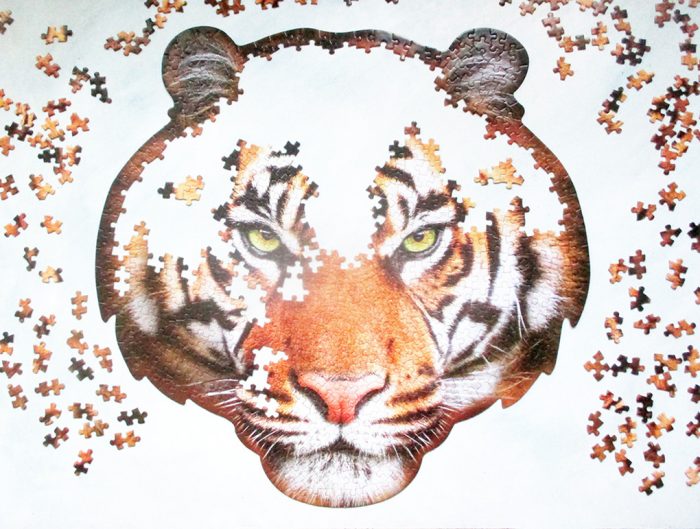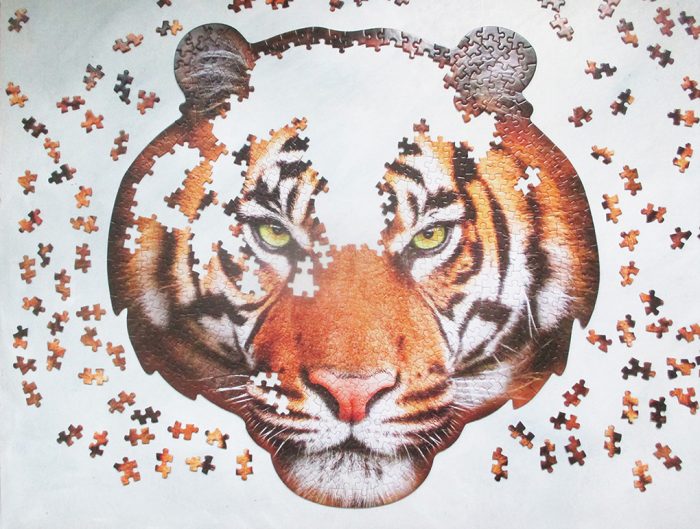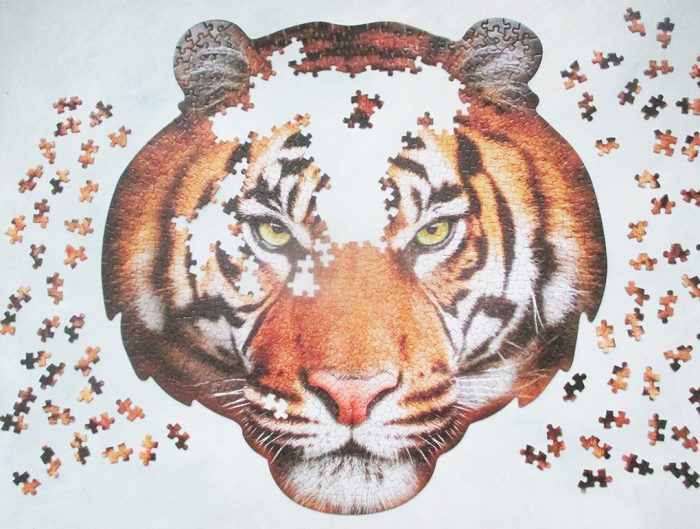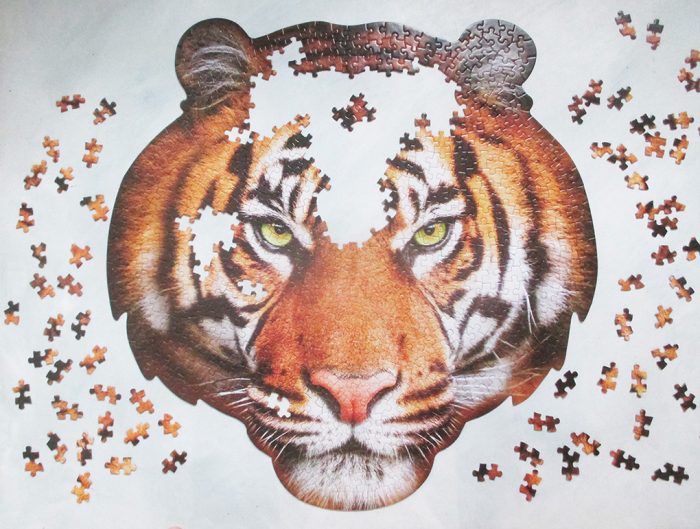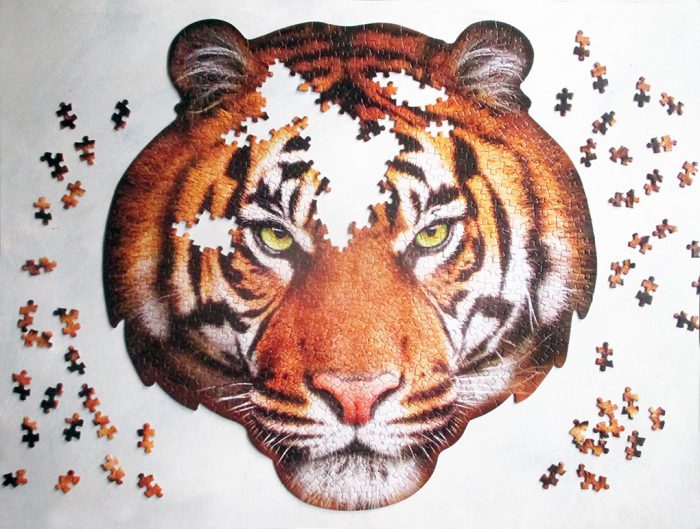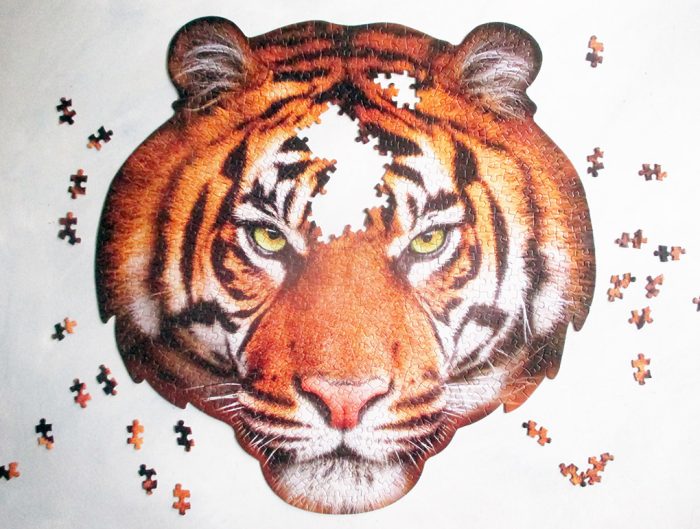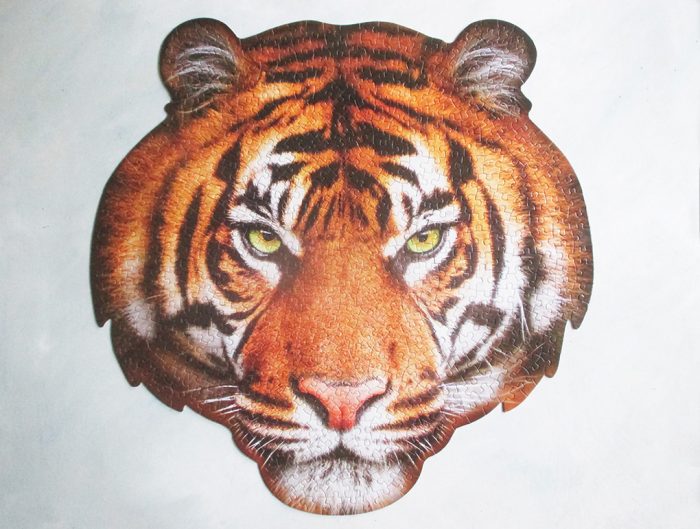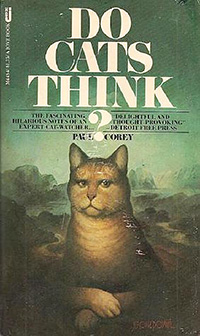There’s a very large animal sanctuary in Utah, which specializes in taking animals that no one else wants or can handle. Whether because of behavior issues or serious illness and injury, this place takes them in and they are given every chance for a new life. Medical care, training, rehabilitation until they are healthy and able to be adopted out into a new home. The ones that can’t be adopted because of ongoing health issues, aggression or whatever, are guaranteed a home for life at Best Friends Animal Sanctuary. It’s got different sections for horses, cats, pigs, birds, etc- and the place for dogs is called Dogtown. There’s a tv show about it, I know I watched at least a few episodes years ago, because I recognized the buildings and layout of the dog runs (very spacious) from the photos. Most of the dogs live in groups so they can socialize. Sometimes they stay with staff members in their homes, to get used to being in a house or trust people again. Plenty end up being adopted by staff members, too.
Each chapter in this book tells an individual dog’s story (except one that was all about how the organization got started that founded Best Friends- and while that was good information, kinda boring). Two are about dogs from the Michael Vick fighting kennels, several are about dogs rescued from puppy mills or hoarding situations. There are dogs with serious injury, dogs traumatized by living through a natural disaster or war zone, dogs that nobody knows what really happened to them- just that they’re terrified of everything, or super aggressive. One dog that seemed to have some kind of mental impairment- his family gave him up because he simply couldn’t learn the basics (where to eliminate). Another dog that was very old and only lived a few weeks at the sanctuary, but got the best of care and touched a lot of hearts while he was there. Very touching stories, and interesting too if you like to read about how dogs are trained, and what is done to help them with fears and behavior problems. Also some spotlights on the trainers and vets who work there, their experiences with particular dogs, how they learned their skills and so on.
It did get a bit repetitive, and the writing is fairly simple, and sometimes I didn’t like how things were phrased, but that’s just my personal reaction. I’m not sure why the author had to explain certain terminology or identify places again in later chapters, unless they were originally written as short stories and not meant to be compiled? It felt a bit insulting to the reader- really, you told me this part twenty pages ago. But I was able to shrug those off and enjoy the reading. Also I never saw the word aggress before- as in aggression, but verb form. So I learned something new, that wasn’t about dogs.
Borrowed from the public library.

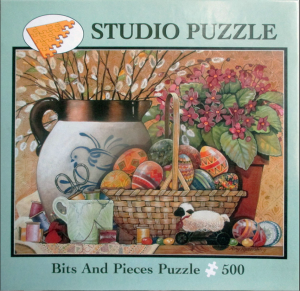 This was such a nice puzzle, relaxing and done in just a few days. I love the quirky odd piece shapes. Colors are kind of muted, but once the brighter colors were fitted in, it looked nice. I wouldn’t usually have started with the pussy willow stems section, but two of the edge pieces on the top didn’t actually hook together, just had flat sides against each other, so I felt I had to start there, to hold everything in place.
This was such a nice puzzle, relaxing and done in just a few days. I love the quirky odd piece shapes. Colors are kind of muted, but once the brighter colors were fitted in, it looked nice. I wouldn’t usually have started with the pussy willow stems section, but two of the edge pieces on the top didn’t actually hook together, just had flat sides against each other, so I felt I had to start there, to hold everything in place.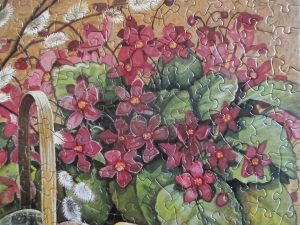
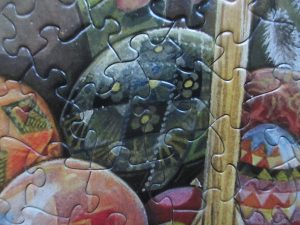
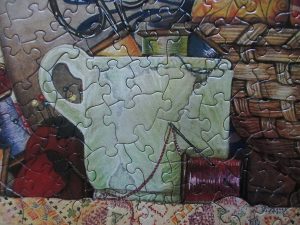
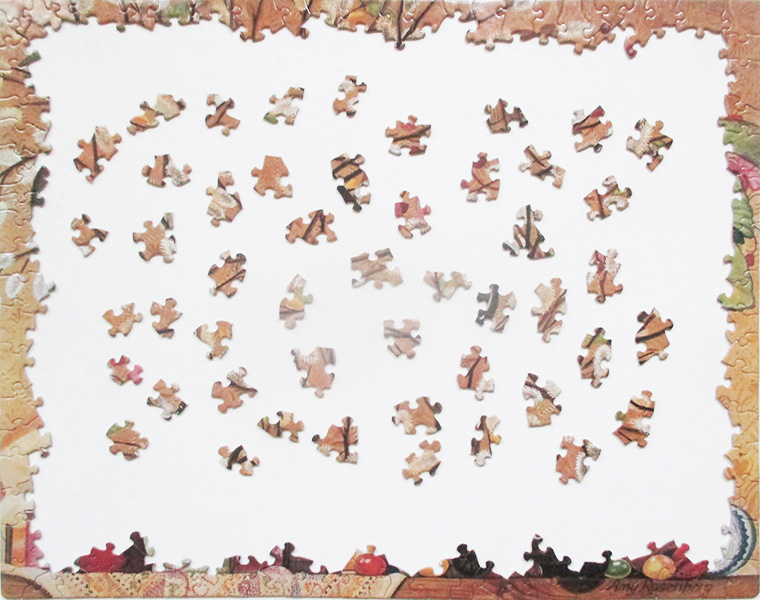

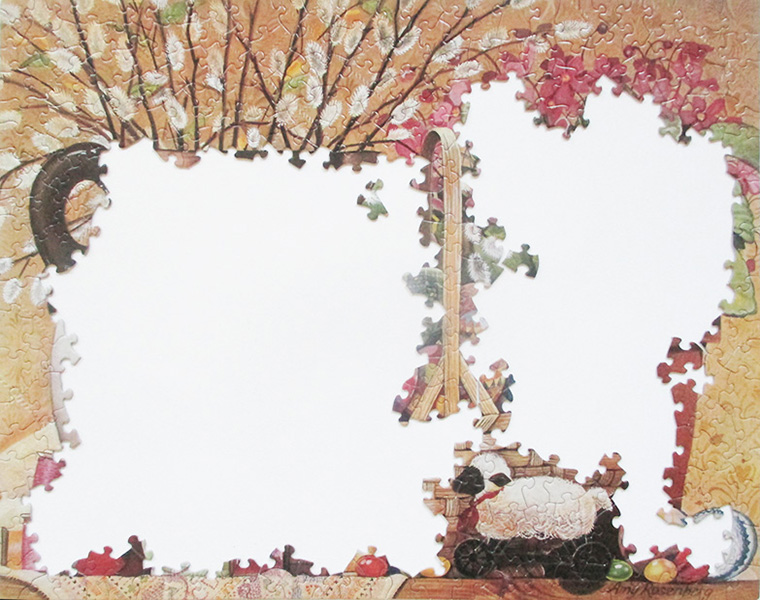

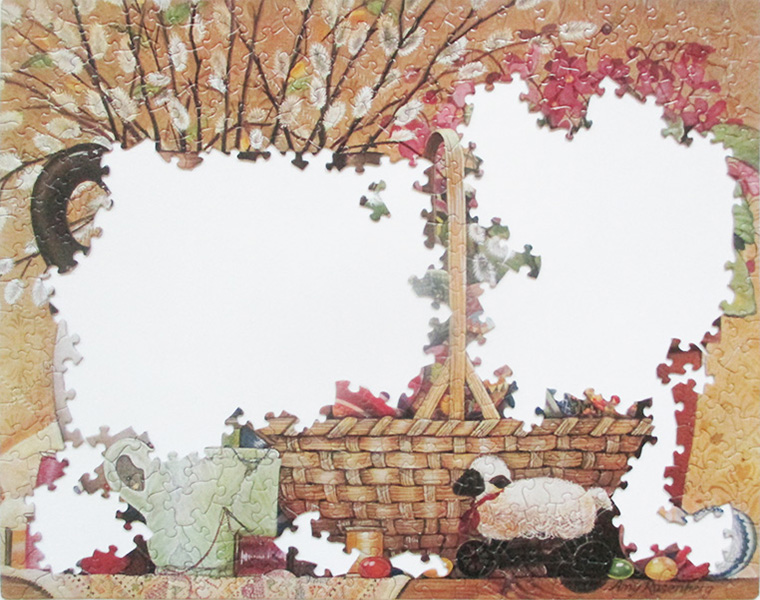
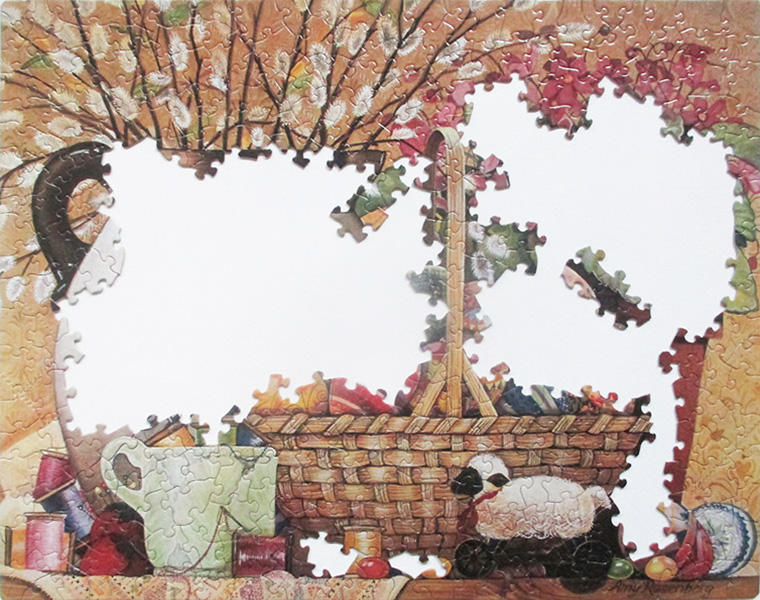

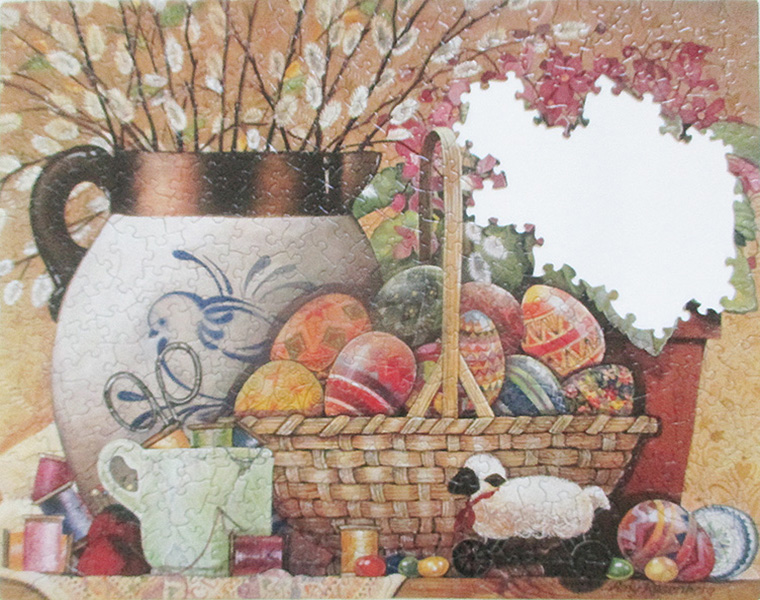

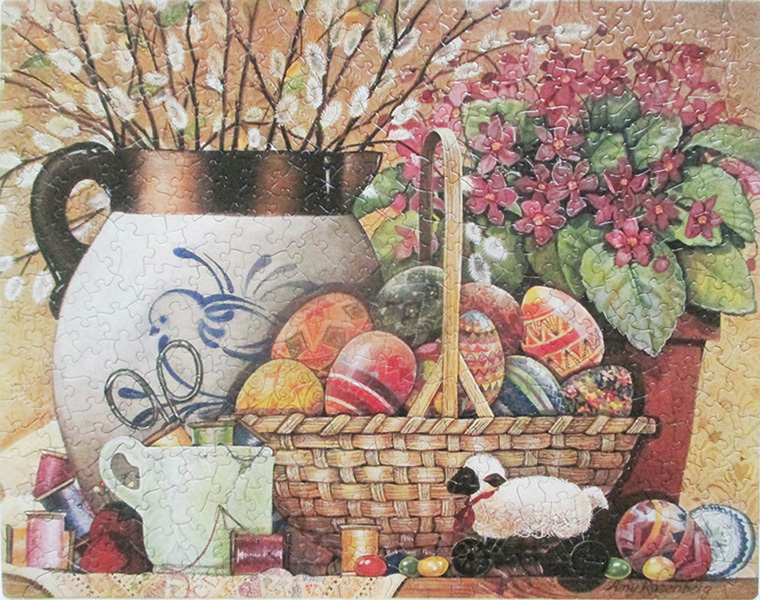


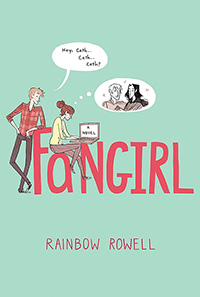
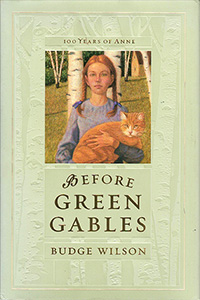
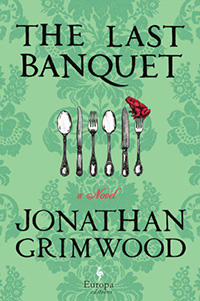
 For just over five hundred pieces, this puzzle was hard. But a fun kind of challenge. There were several days I didn’t work on it at all, or only fitted a few pieces in per sitting, so didn’t take a progress shot. Sometimes I had to just step away from it for a while, and when I came back, able to see things clearly again. It took me two weeks to complete!
For just over five hundred pieces, this puzzle was hard. But a fun kind of challenge. There were several days I didn’t work on it at all, or only fitted a few pieces in per sitting, so didn’t take a progress shot. Sometimes I had to just step away from it for a while, and when I came back, able to see things clearly again. It took me two weeks to complete!